Products Lineup
News / Blog
Other Menus
Product lineup:spring
-
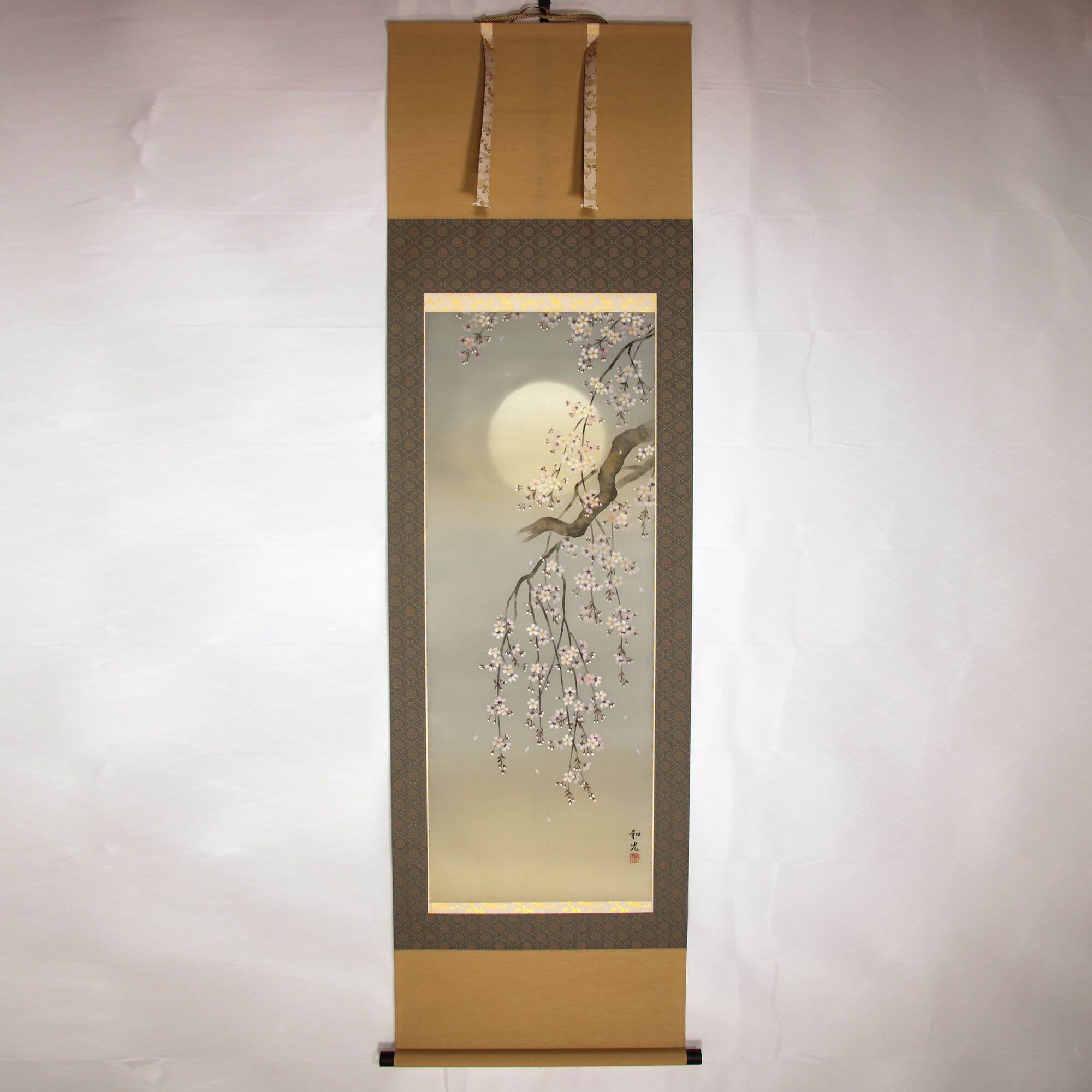 Product ID-0195
Kakejiku Hanging Scroll: Illuminated Cherry Blossoms at Night / Miyake Wakō
Yozakura
Product ID-0195
Kakejiku Hanging Scroll: Illuminated Cherry Blossoms at Night / Miyake Wakō
Yozakura
-
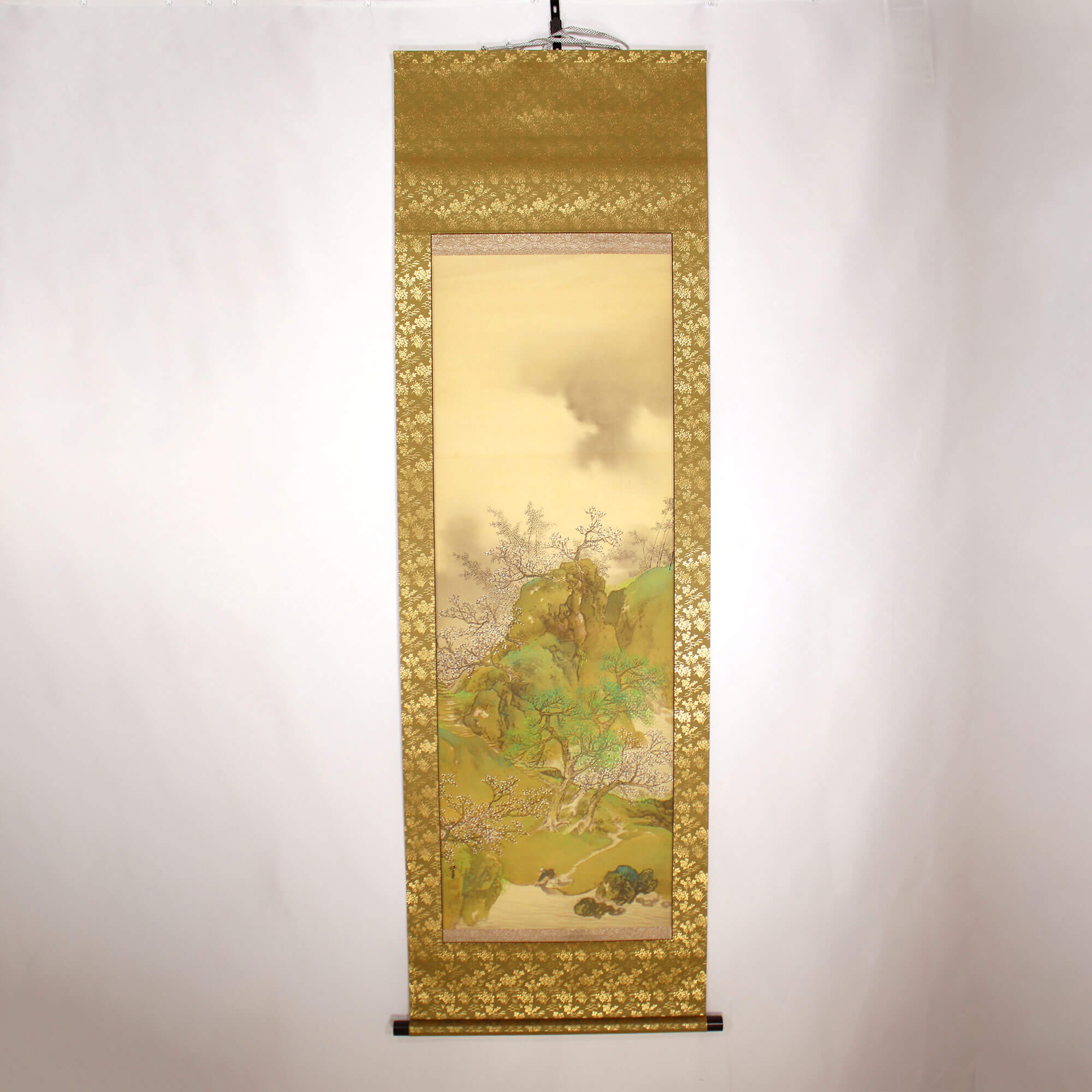 Product ID-0217
Kakejiku Hanging Scroll: Landscape Painting: Plum Blossoms / Kōtei Fukui
Saishiki Sansui
Product ID-0217
Kakejiku Hanging Scroll: Landscape Painting: Plum Blossoms / Kōtei Fukui
Saishiki Sansui
-
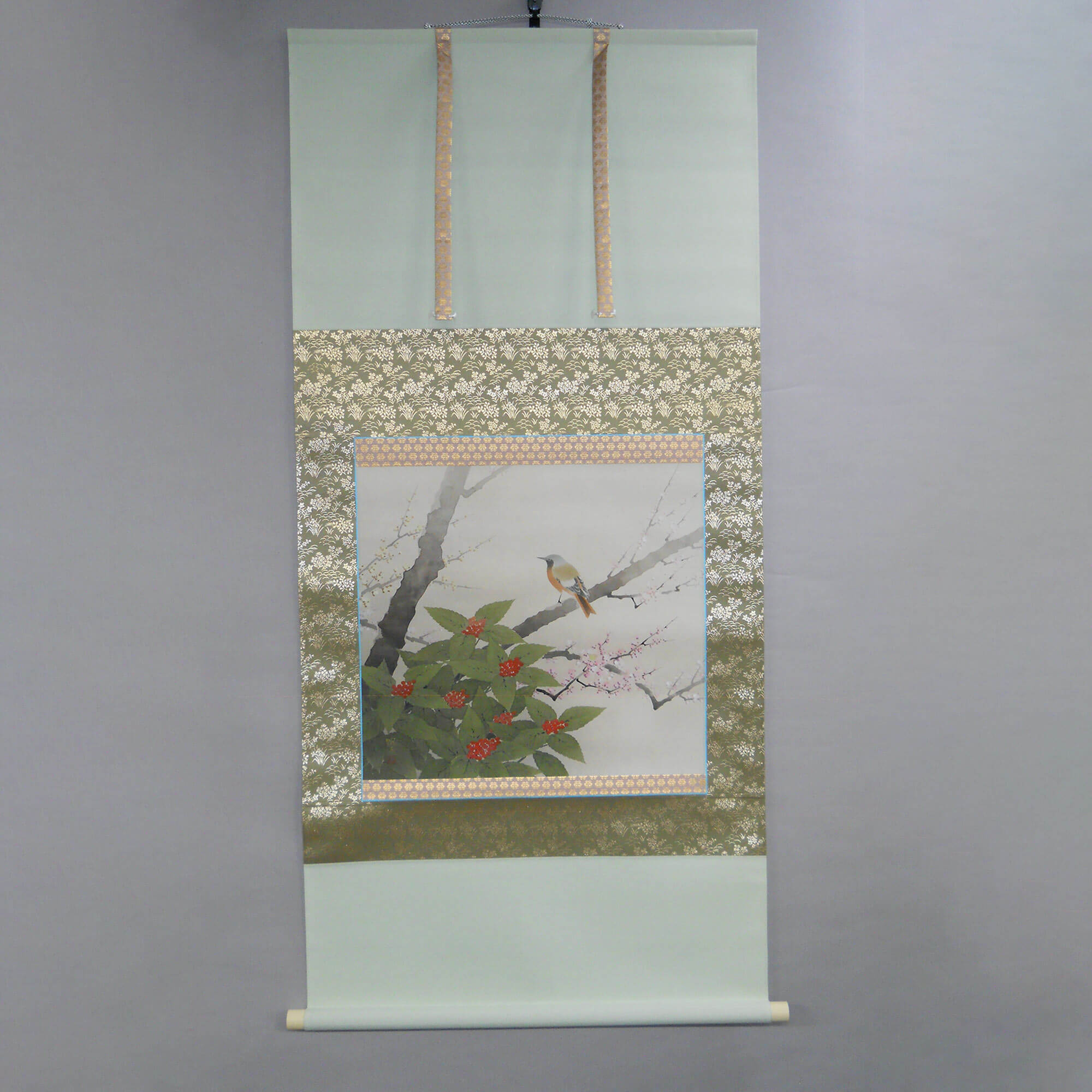 Product ID-0223
Kakejiku Hanging Scroll: Early Spring / Yamada Hankyū
Sōshun
Product ID-0223
Kakejiku Hanging Scroll: Early Spring / Yamada Hankyū
Sōshun
-
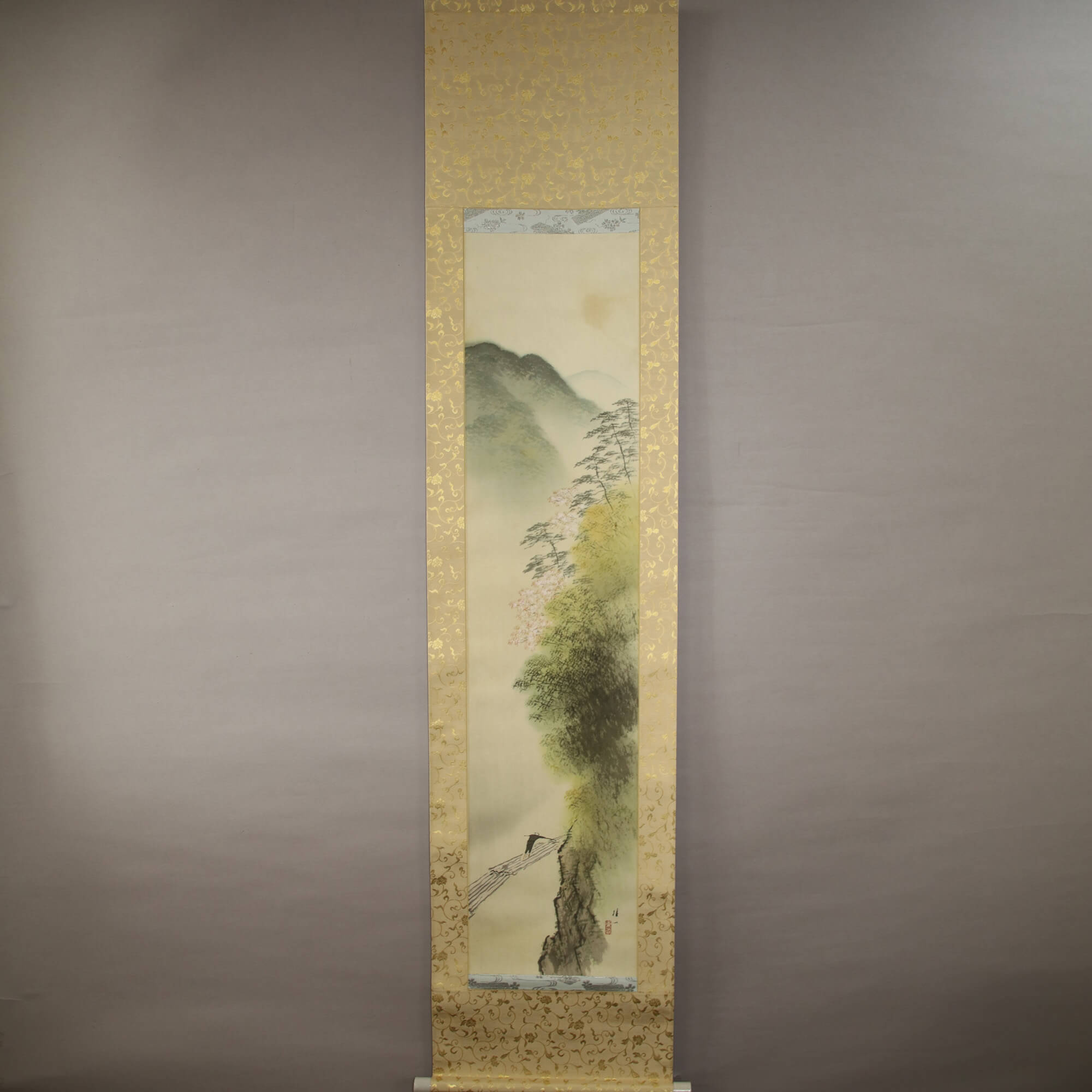 Product ID-0229
Kakejiku Hanging Scroll: Landscape Painting : Spring of Arashiyama George / Hirai Baisen
Rankyō no Haru
Product ID-0229
Kakejiku Hanging Scroll: Landscape Painting : Spring of Arashiyama George / Hirai Baisen
Rankyō no Haru
-
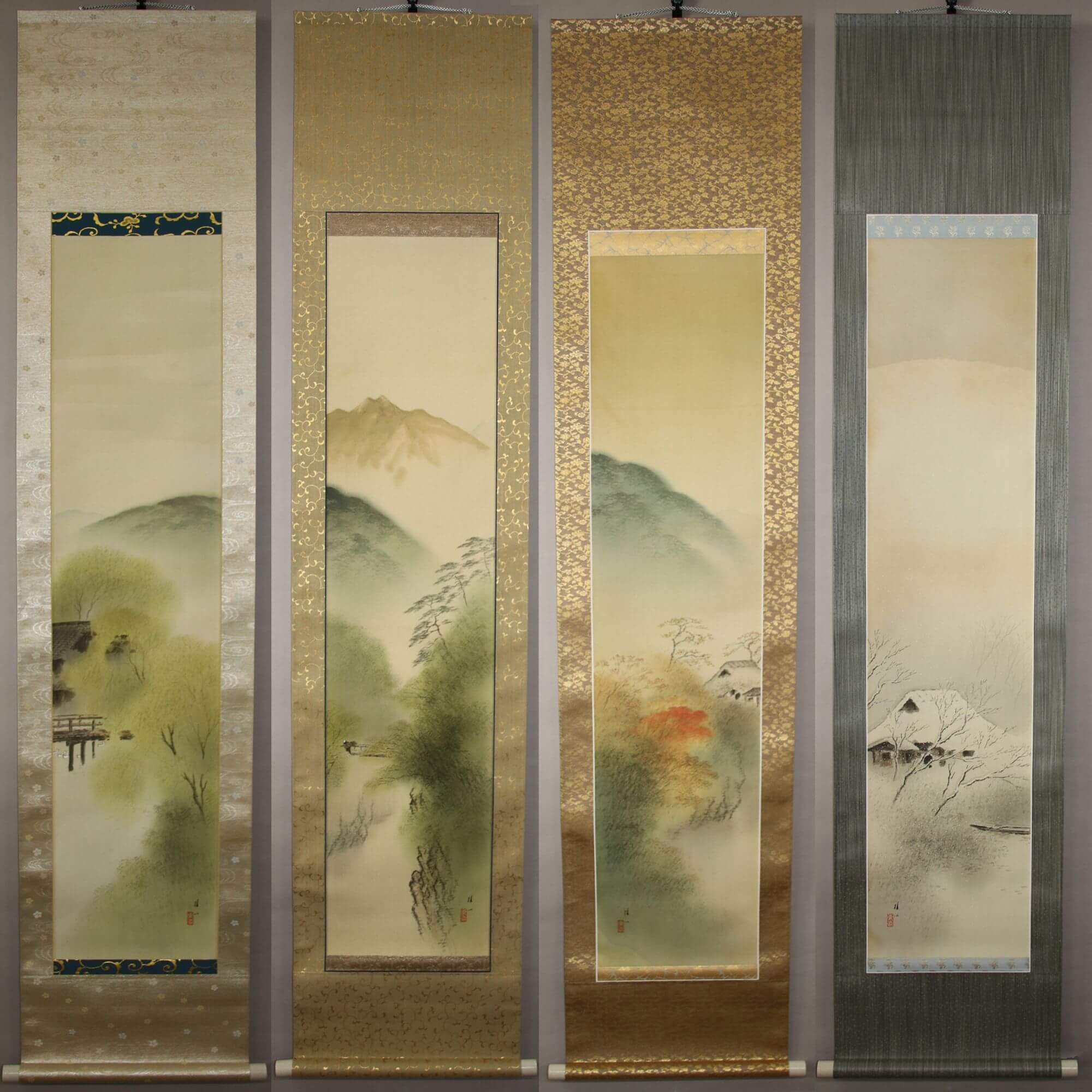 Product ID-0231
Kakejiku Hanging Scroll: Four Seasons Landscape / Hirai Baisen
Shiki Sansui Zu
Product ID-0231
Kakejiku Hanging Scroll: Four Seasons Landscape / Hirai Baisen
Shiki Sansui Zu
-
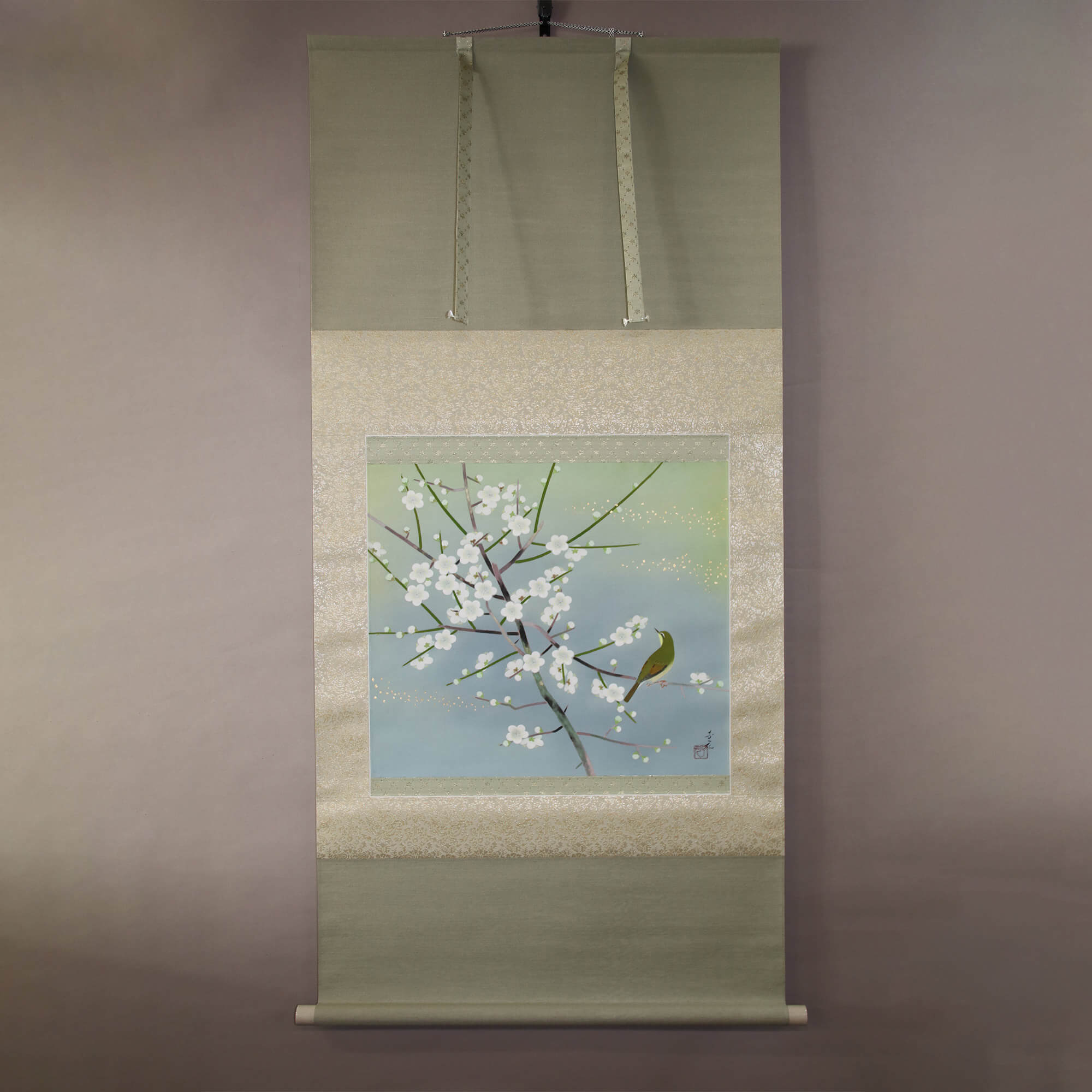 Product ID-0238
Kakejiku Hanging Scroll: White Plum Blossoms / Isozumi Shigen
Hakubai
Product ID-0238
Kakejiku Hanging Scroll: White Plum Blossoms / Isozumi Shigen
Hakubai
-
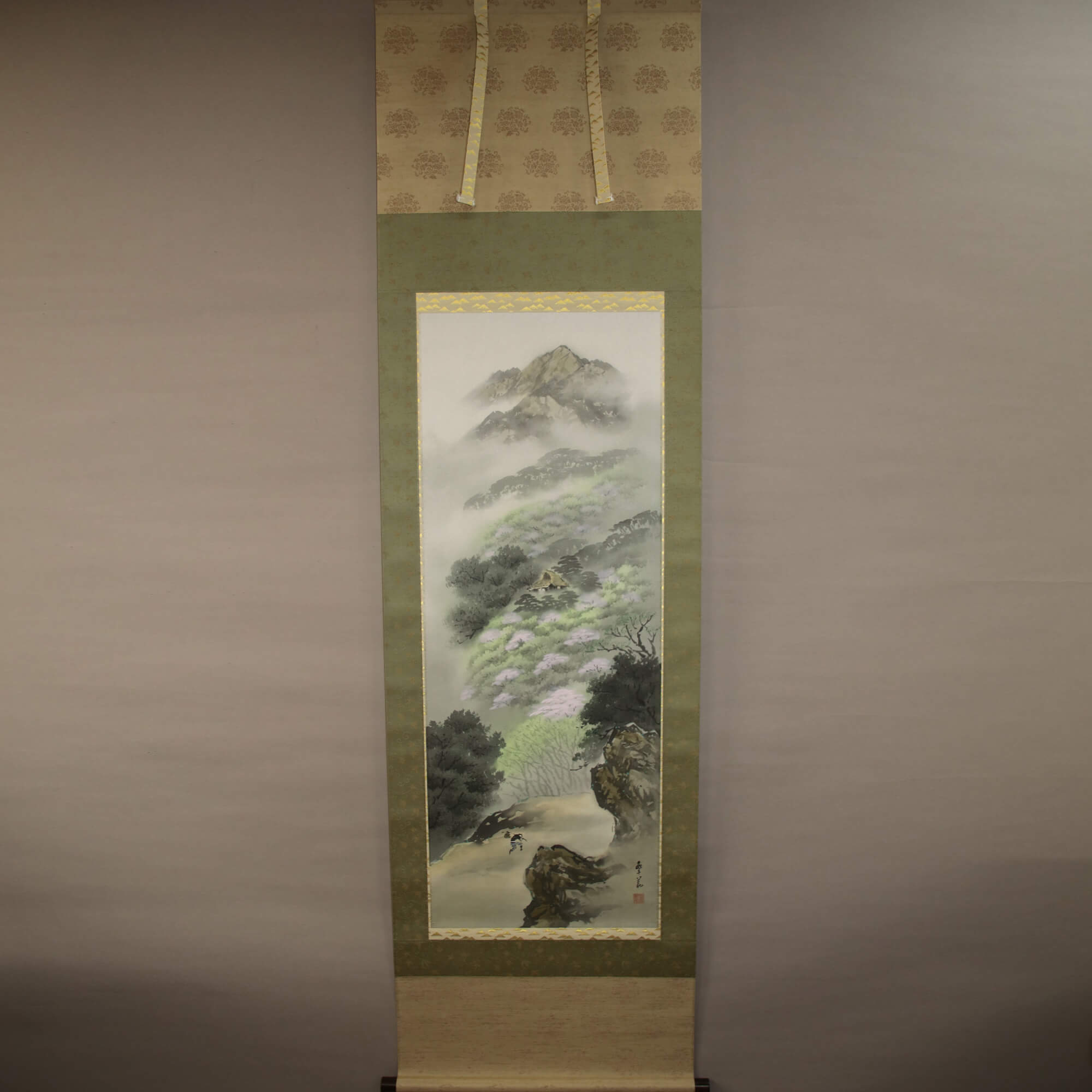 Product ID-0246
Kakejiku Hanging Scroll: Landscape Painting: Spring Scenery / Nishiwaki Hanka
Saishiki Sansui
Product ID-0246
Kakejiku Hanging Scroll: Landscape Painting: Spring Scenery / Nishiwaki Hanka
Saishiki Sansui
-
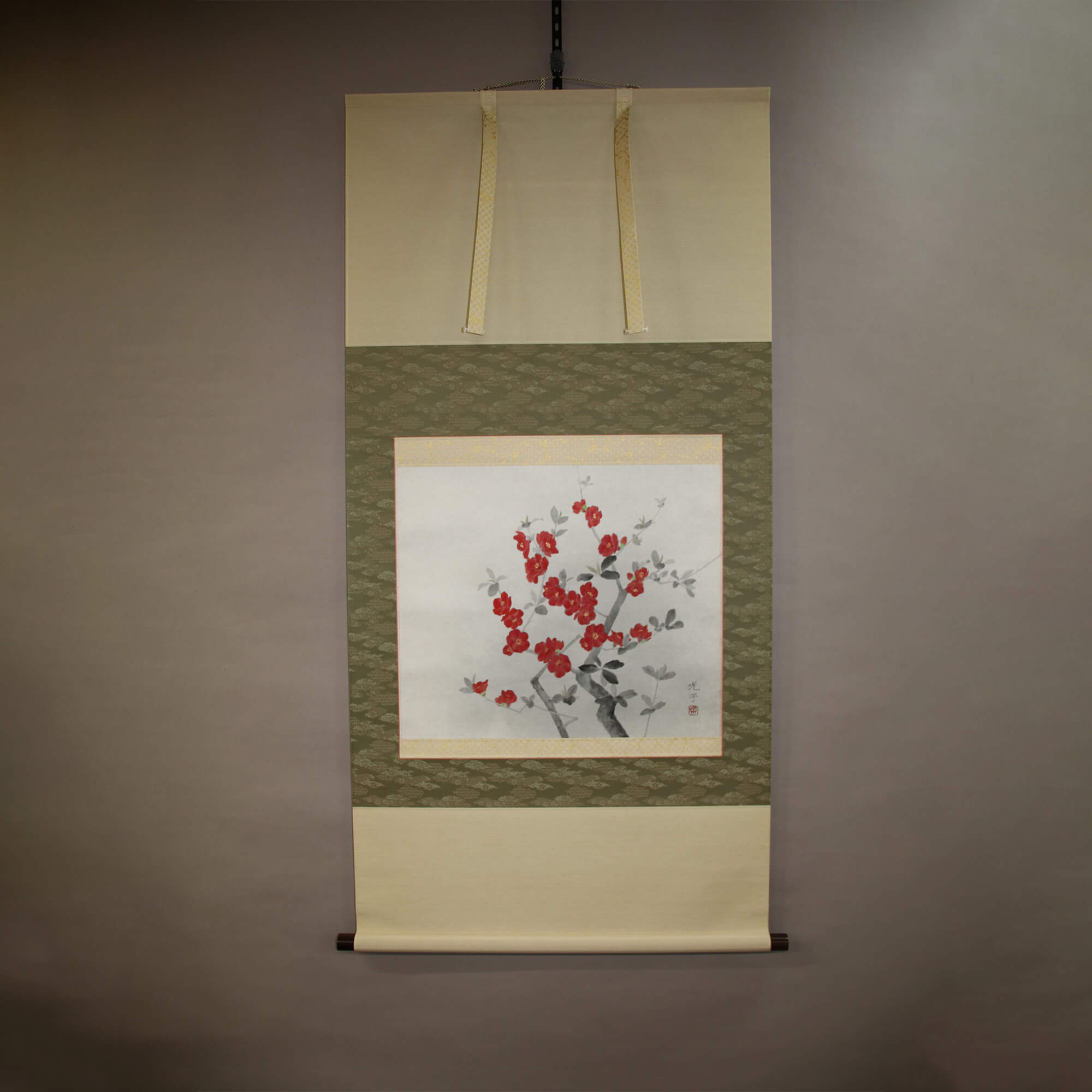 Product ID-0256
Kakejiku Hanging Scroll: Quince / Shibata Teruko
Boke
Product ID-0256
Kakejiku Hanging Scroll: Quince / Shibata Teruko
Boke
-
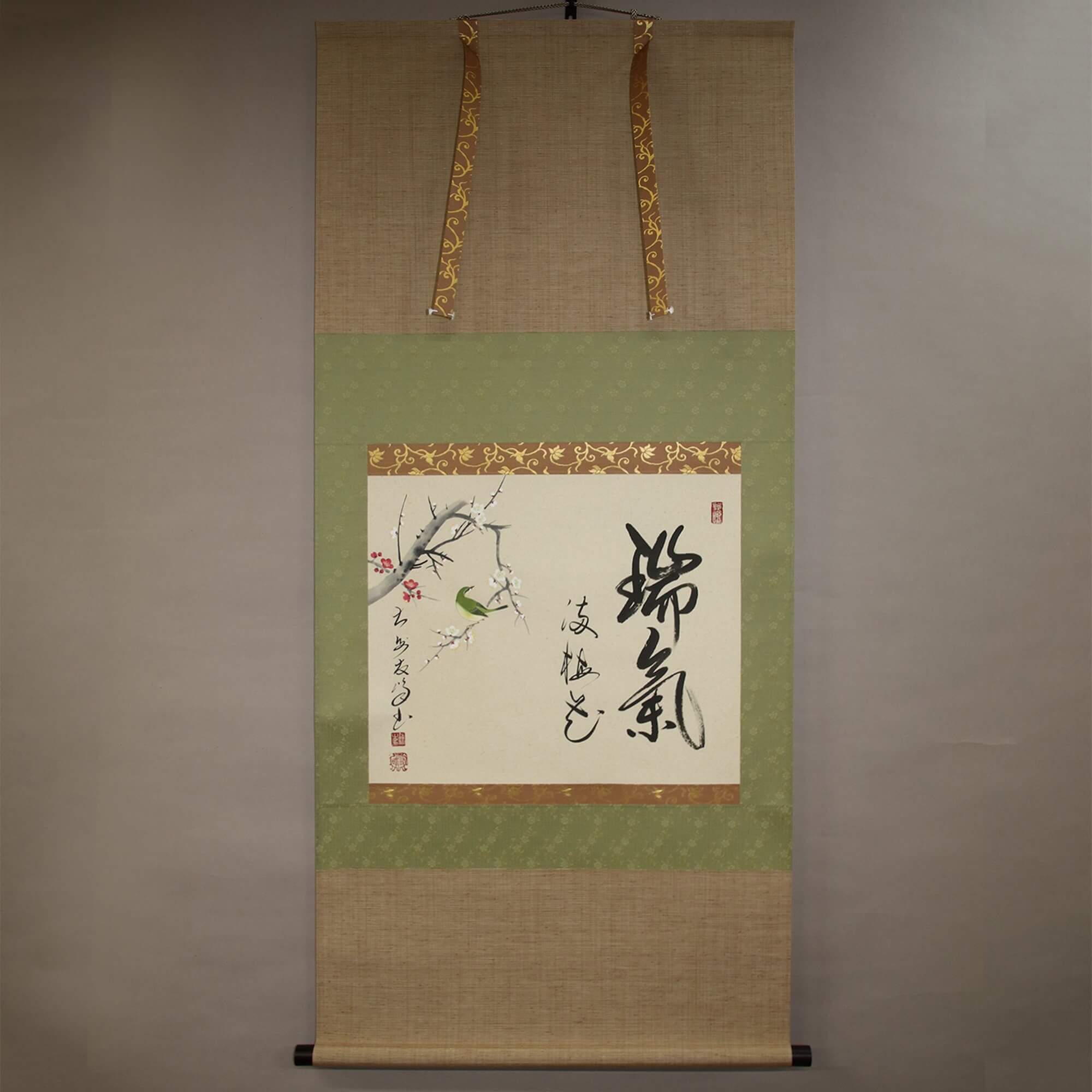 Product ID-0265
Kakejiku Hanging Scroll: Calligraphy : Plum Blossom Is Full of a Splendidly Divine Atmosphere / Red & White Plum Blossom and Warbler / Takahashi Yūhō
Zuiki Baika ni Mitsu & Kōhakubai ni Uguisu
Product ID-0265
Kakejiku Hanging Scroll: Calligraphy : Plum Blossom Is Full of a Splendidly Divine Atmosphere / Red & White Plum Blossom and Warbler / Takahashi Yūhō
Zuiki Baika ni Mitsu & Kōhakubai ni Uguisu
-
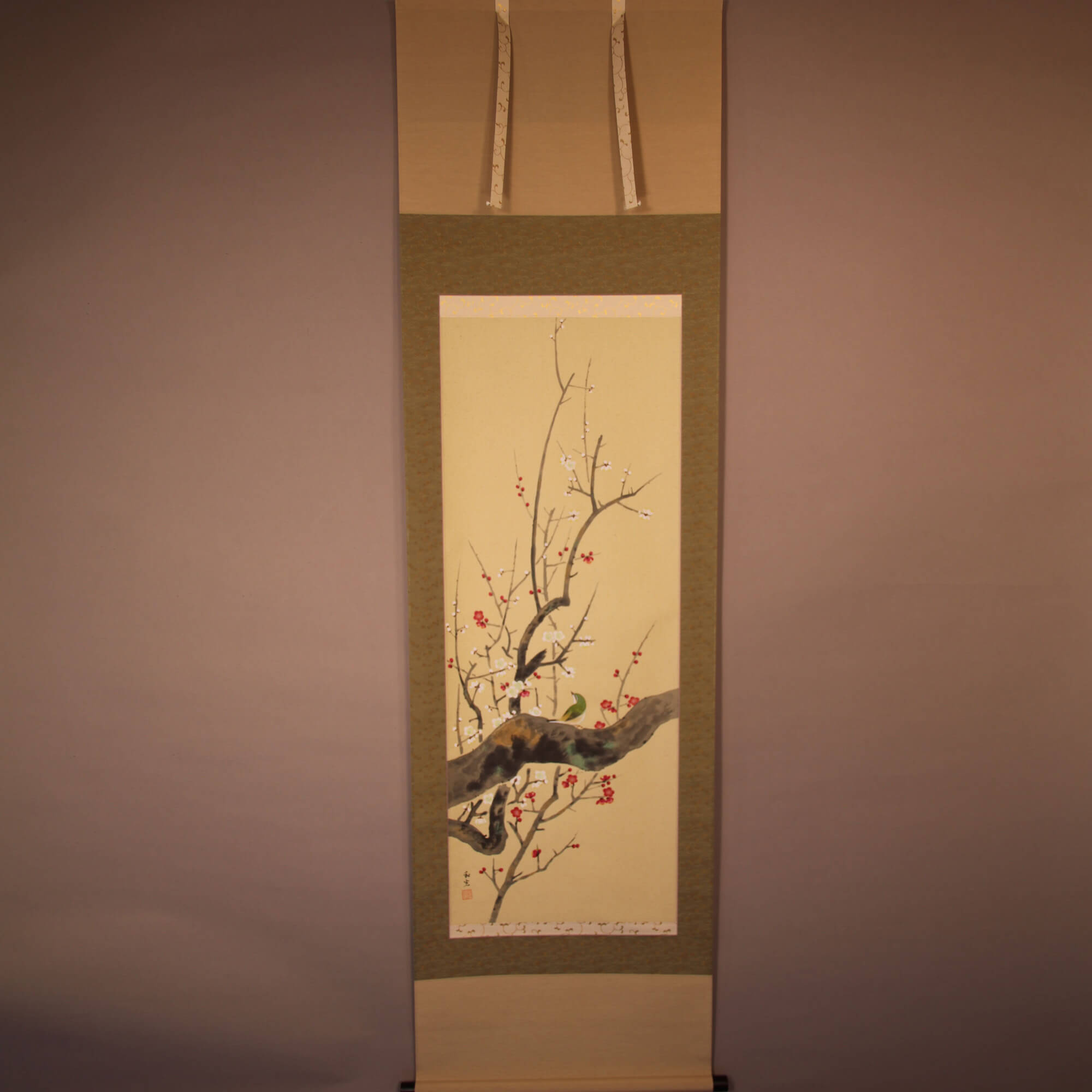 Product ID-0295
Kakejiku Hanging Scroll: Red & White Plum Blossoms and A Bush Warbler / Miyake Wakō
Kōhakubai ni Uguisu
Product ID-0295
Kakejiku Hanging Scroll: Red & White Plum Blossoms and A Bush Warbler / Miyake Wakō
Kōhakubai ni Uguisu
-
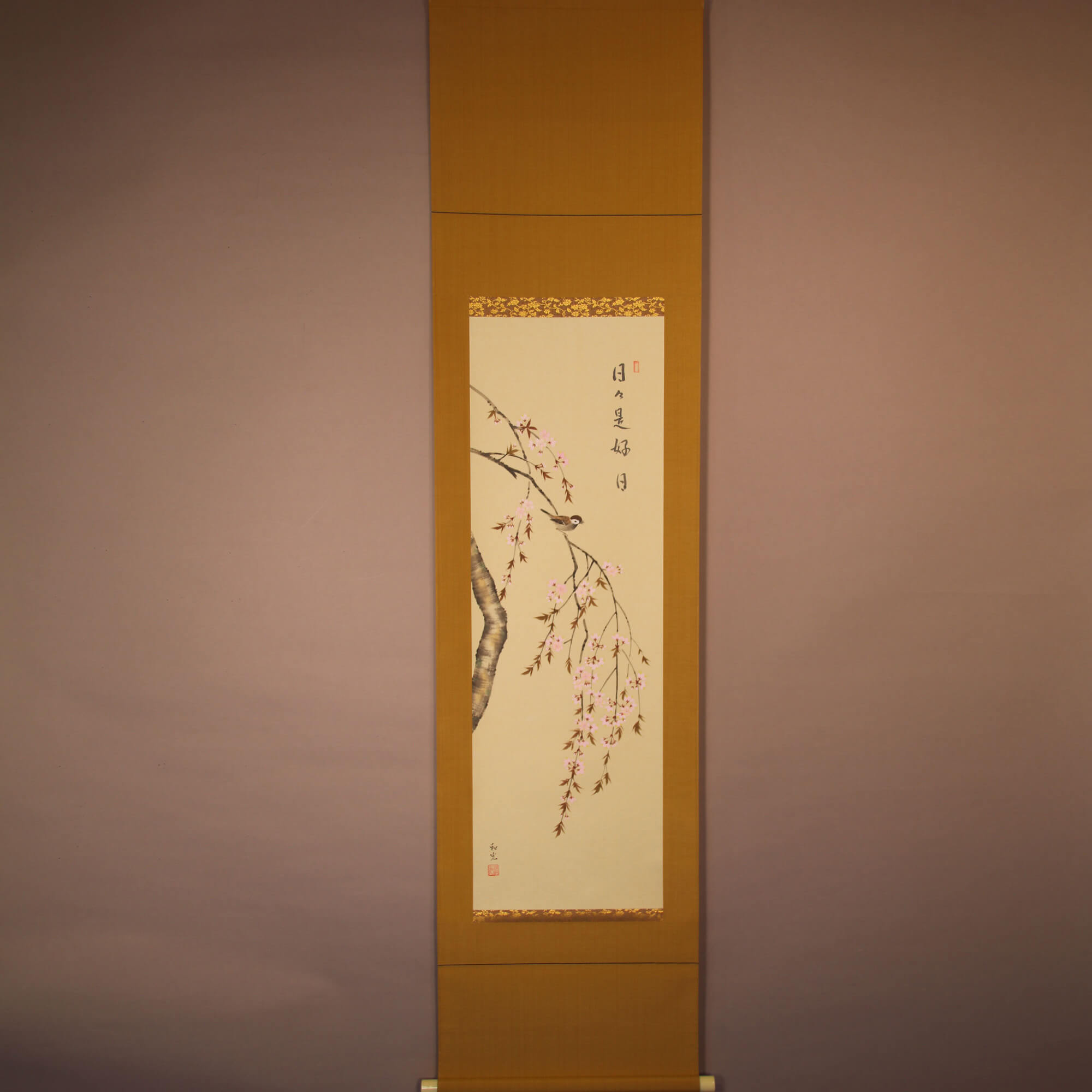 Product ID-0297
Kakejiku Hanging Scroll: A Weeping Cherry Tree / Miyake Wakō
Shidarezakura
Product ID-0297
Kakejiku Hanging Scroll: A Weeping Cherry Tree / Miyake Wakō
Shidarezakura
Contact Us
Please fill out the form below and submit for your inquiry.
Your privacy is important to us. We are committed to protecting your privacy.
(or press ESC or click the overlay)
CEO Message
(or press ESC or click the overlay)Our Feelings For Kakejiku
Company Profile
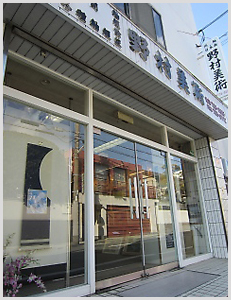
Name Art Nomura
President Tatsuji Nomura
Founded1973
Established1992
Address7-23 Babadori, Tarumi-ku, Kobe city,
Hyougo Prefecture, 655-0021, Japan
Capital10 million yen
URLhttp://nomurakakejiku.com
Our Business
Art Nomura is an art dealer which produces kakejiku (hanging scrolls). We mount many paintings and calligraphic works in kakejiku in my factory. Kakejiku are our main product. We also remount and repair old or damaged kakejiku. We share the traditional Japanese art of kakejiku with people all over the world.
(or press ESC or click the overlay)
Access Map
(or press ESC or click the overlay)Access Map
